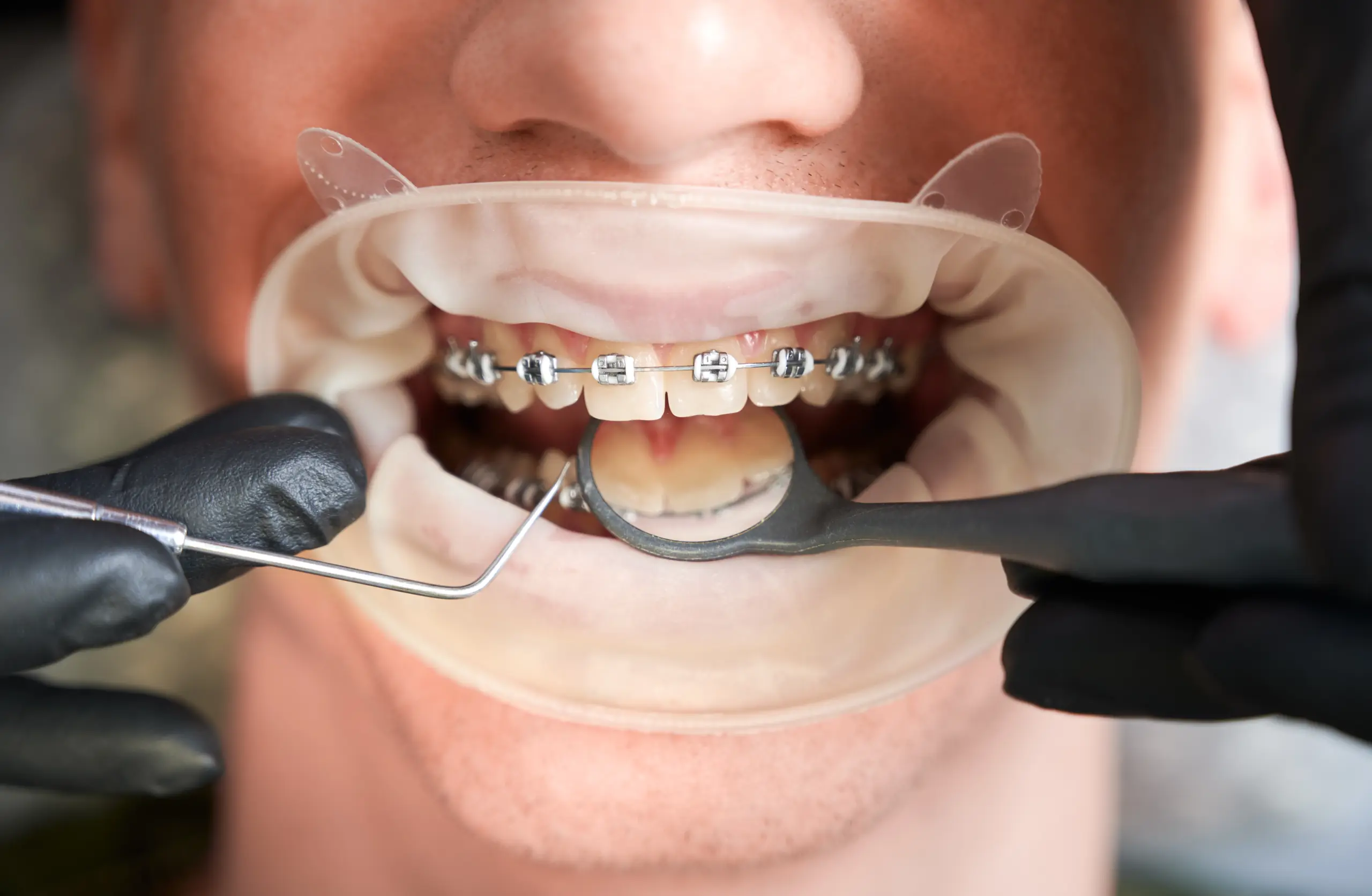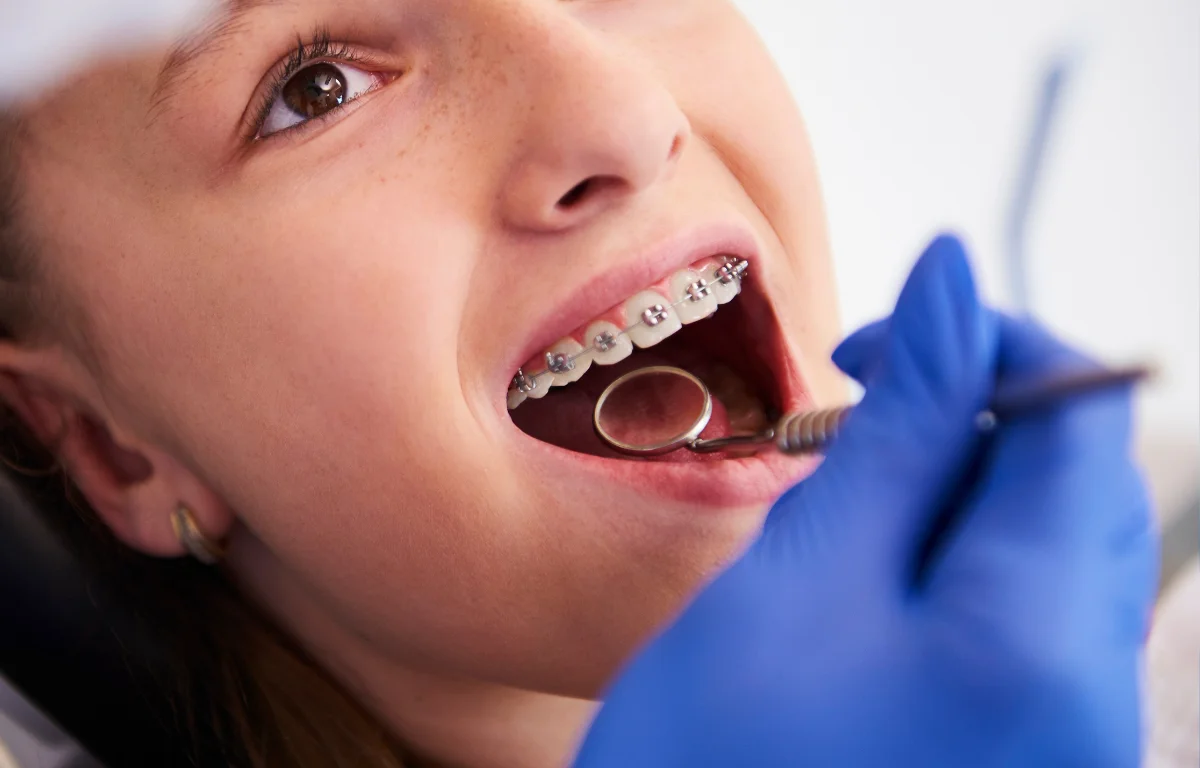Clear braces and clear aligners are two popular orthodontic treatments used to straighten teeth and improve overall oral health. While both treatments work to realign teeth and improve their appearance, they differ in the method used to achieve the desired results.
Clear braces are a type of traditional metal braces that use clear brackets instead of metal brackets. These clear brackets are made of ceramic or porcelain, which makes them less visible and more aesthetically pleasing than metal braces. The brackets are attached to the teeth using a special adhesive, and then a thin wire is threaded through each bracket. The wire is then tightened gradually over time to apply gentle pressure to the teeth and guide them into the desired position.
Clear braces work by using the same principles as traditional metal braces. The brackets and wires apply pressure to the teeth, which stimulates bone growth and encourages the teeth to move into their proper position. However, clear braces are often preferred by patients who want a more discreet orthodontic treatment.
Clear aligners, on the other hand, are a newer and more discreet orthodontic treatment. Clear aligners are a series of custom-made, clear plastic trays that are designed to fit snugly over your teeth. Each tray is slightly different from the last, and the trays are worn in a specific order to gradually shift your teeth into the desired position.
Clear aligners work by using a series of trays that apply pressure to the teeth in a specific way. Each tray is designed to shift your teeth by a fraction of a millimeter, which might not seem like much, but over time, these small movements add up to significant changes. After wearing one tray for a few weeks, you switch to the next tray in the series, and so on, until your teeth have moved into the desired position.
Clear aligners have several advantages over traditional braces, including their near-invisibility, their ease of use, and their ability to be removed for eating, drinking, and cleaning your teeth. They are also generally more comfortable than traditional braces, as they do not have wires or brackets that can irritate the inside of your mouth.
However, clear aligners are not suitable for everyone. They may not be effective for more complex orthodontic cases, and they require strict adherence to the treatment plan for best results. Patients must wear the aligners for at least 22 hours a day, and they must be diligent about switching to the next tray in the series at the appropriate time.
Both clear braces and clear aligners have their advantages and disadvantages, and the best treatment option for you will depend on your specific orthodontic needs and personal preferences. Your orthodontist can help you decide which treatment is best for you based on a comprehensive evaluation of your teeth and gums.
In conclusion, both clear braces and clear aligners are effective orthodontic treatments that can help straighten teeth and improve overall oral health. Clear braces use clear brackets and wires to apply pressure to the teeth, while clear aligners use a series of custom-made trays that gradually shift the teeth into the desired position. Each treatment has its own advantages and disadvantages, and the best option for you will depend on your specific needs and preferences. Our orthodontic team at Birhgrove Dental can help you choose the right treatment and create a personalised treatment plan to help you achieve a beautiful, healthy smile.




